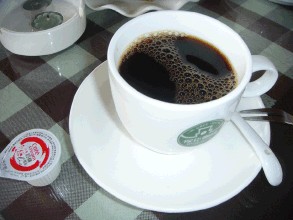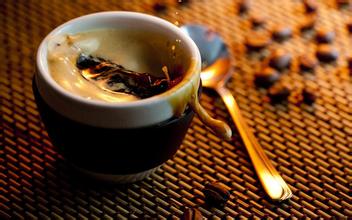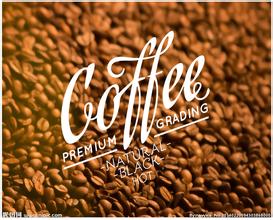An introduction to the Cultural History of Coffee Bean Story in Ethiopia
An introduction to the Cultural History of Coffee Bean Story in Ethiopia
Getachew Mengistie, director of Ethiopia's Bureau of intellectual property, bluntly pointed out that farmers sell raw beans for $1.45 a pound, while Starbucks sells for $26 a pound in the United States, 18 times the price difference between the two places. The reason is that Ethiopia does not know how to use intellectual property rights to create value for farmers. As long as it has the name of Ethiopian boutique beans, it can be marketed in the United States at three times the price of ordinary commercial beans. You know, investing in baking, packaging and marketing equipment through downstream channels in the United States alone cannot create such a huge added value, because most of the value comes from the coffee producing area (if Starbucks is not branded as "Sidamo", you can't sell it at such a high price. He stressed: "Ethiopia is the birthplace of coffee, and the famous producing areas of course have huge marketing value, but they are ignored by farmers. As a result, excess profits are finally earned by countries that know how to use the prestige of the place of origin to create value. It took no effort to earn it!
The Buna ceremony in Ethiopia is a long process, with an average of about 1.5 hours. The ceremony, which takes place every day, aims to come to the conclusion that it may be a marriage proposal or a mediation of family conflict.
The first is roasted coffee beans. When the coffee beans are roasted, the women (often dressed up) put the coffee beans into the pot and let everyone smell the coffee beans. And then I started making coffee.
The first cup in the ceremony is called ABOL, which is the most important and the worst. If you are resolving a conflict, you must bravely drink this drink and state your point of view.
The second cup is called Tona, boiled again with water, and the taste is still strong. If the other person accepts his or her own point of view, he will drink it up. If the other party doesn't drink, there won't be a third drink.
The third cup is called Baraka, when the matter is settled and the conclusion is satisfactory, it symbolizes joy, and often the younger generation will be invited to this cup.

Important Notice :
前街咖啡 FrontStreet Coffee has moved to new addredd:
FrontStreet Coffee Address: 315,Donghua East Road,GuangZhou
Tel:020 38364473
- Prev

Flavor description of Honduran coffee beans introduction to the producing areas of varieties by taste treatment
Flavor description of Honduran coffee beans the taste treatment method introduces the medium or shallow acidity of the varieties, which is obvious but not strong. Sometimes it has a beautiful floral or fruity aroma (generally speaking, beans produced in different regions and at different elevations have different performances). It is not at all associated with the unrest of the country. Bitterness and obvious sweetness. Honduran coffee
- Next

Flavor characteristics of moderate and Deep roasting of Honduran Coffee beans introduction to Grinding and Calibration treatment of varieties
The flavor characteristics of moderate and deep roasting of Honduran coffee beans the grinding scale treatment method introduces that Honduras is not well-known in the consumer market because it does not have strong support in the handling and transportation of raw beans. However, in recent years, the country has begun to change dramatically, and the emphasis on the coffee industry has slowly opened up the international popularity of coffee from Honduras. Honduras
Related
- Detailed explanation of Jadeite planting Land in Panamanian Jadeite Manor introduction to the grading system of Jadeite competitive bidding, Red bid, Green bid and Rose Summer
- Story of Coffee planting in Brenka region of Costa Rica Stonehenge Manor anaerobic heavy honey treatment of flavor mouth
- What's on the barrel of Blue Mountain Coffee beans?
- Can American coffee also pull flowers? How to use hot American style to pull out a good-looking pattern?
- Can you make a cold extract with coffee beans? What is the right proportion for cold-extracted coffee formula?
- Indonesian PWN Gold Mandrine Coffee Origin Features Flavor How to Chong? Mandolin coffee is American.
- A brief introduction to the flavor characteristics of Brazilian yellow bourbon coffee beans
- What is the effect of different water quality on the flavor of cold-extracted coffee? What kind of water is best for brewing coffee?
- Why do you think of Rose Summer whenever you mention Panamanian coffee?
- Introduction to the characteristics of authentic blue mountain coffee bean producing areas? What is the CIB Coffee Authority in Jamaica?

